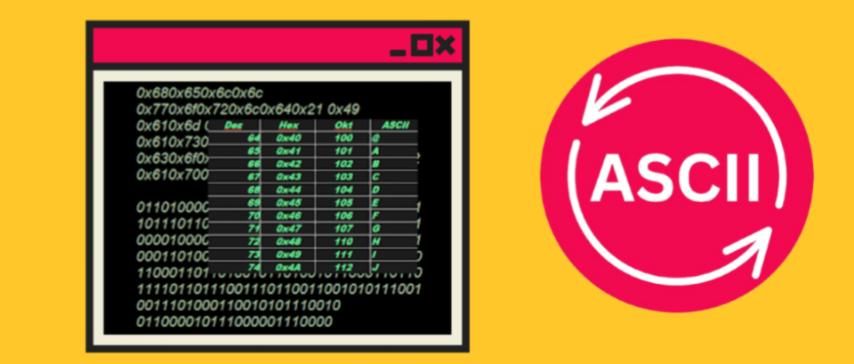
ASCII Converter: Convert Text, Numbers, and Binary with Ease
Created on 1 October, 2025 • Converter Tools • 19 views • 2 minutes read
An ASCII converter is a valuable tool for anyone working with text encoding, programming, networking, or learning digital systems.
The ASCII system (American Standard Code for Information Interchange) is one of the most widely used character encoding standards in computing. It assigns a unique numeric value to letters, numbers, symbols, and control characters, making it possible for computers to represent text. To work efficiently with ASCII values, developers, students, and designers often use an ASCII converter, a tool that helps transform text into ASCII codes or convert ASCII back into readable text, binary, or hexadecimal formats.
What Is an ASCII Converter?
An ASCII converter is a digital tool that allows you to encode or decode characters into different formats. It can handle a wide range of conversions, including:
- Text to ASCII – Convert characters into their numeric ASCII codes.
- ASCII to Text – Translate ASCII numbers back into readable letters or symbols.
- ASCII to Binary – Show the binary representation of ASCII characters.
- ASCII to Hexadecimal – Convert ASCII codes into compact hex values.
For example, the letter A has an ASCII value of 65 in decimal, 41 in hexadecimal, and 01000001 in binary.
Why Use an ASCII Converter?
1. Programming and Development
Developers often work with ASCII values when encoding text, debugging programs, or dealing with low-level data communication. An ASCII converter makes this process fast and accurate.
2. Learning and Education
Students learning computer science, networking, or digital logic can use ASCII converters to better understand how text is represented inside a computer.
3. Data Communication
In networking and encryption, data may be transferred as ASCII codes. Converters help translate this data into human-readable text.
4. Web and Graphic Design
Sometimes, ASCII art or encoding is used in creative designs, and an ASCII converter helps generate or interpret the right codes.
How Does an ASCII Converter Work?
ASCII assigns numeric values ranging from 0 to 127 for standard characters. Extended ASCII can go up to 255, covering additional symbols and graphical characters.
Here’s how conversions typically work:
- Text to ASCII: Each character is matched to its decimal value. For example, “Hi” becomes 72 105.
- ASCII to Text: Numeric codes are translated back into their corresponding characters. 72 105 becomes “Hi”.
- ASCII to Binary: Each ASCII value is converted into an 8-bit binary sequence. 65 becomes 01000001.
- ASCII to Hex: Decimal values are converted into hexadecimal form. 65 becomes 41.
Online ASCII converters automate these steps instantly, removing the need for manual calculations.
Benefits of Using an Online ASCII Converter
Fast and Accurate
Instead of memorizing ASCII tables or doing manual conversions, users get instant and reliable results.
Multiple Formats in One Tool
Most converters support conversions between text, decimal, binary, and hexadecimal in a single interface.
User-Friendly
Even beginners can easily copy and paste text or ASCII codes into converters without advanced knowledge.
Conclusion
An ASCII converter is a valuable tool for anyone working with text encoding, programming, networking, or learning digital systems. It allows quick and accurate conversions between ASCII, text, binary, and hexadecimal formats. Whether you are debugging code, studying number systems, or analyzing data, using an ASCII converter saves time and reduces errors.
If you want to understand how computers handle text and symbols, or simply need to convert ASCII values, a reliable ASCII converter is the perfect solution.